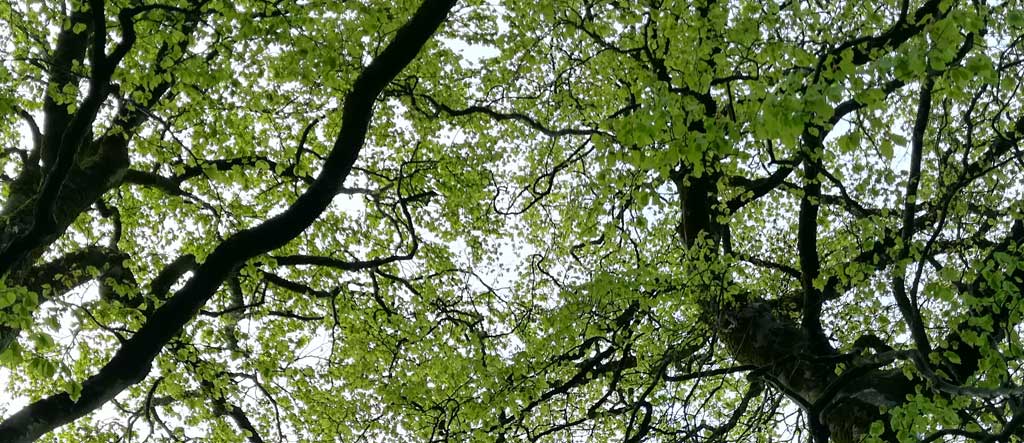Your basket is currently empty!
Introducing mindfulness
I was first introduced to the practice of mindfulness in 1992 and I immediately liked it. Mindfulness does not require a huge chunk of time but rather regular engagement. There is no need for any special equipment, just the willingness to be present to yourself. I found it easy to build into my day and maintained a daily practice for the following 13 years or more. Then my practice became sporadic and slowly fell away to be replaced by other practices.
This year began with many reminders of mindfulness. I enrolled in a mindfulness course and I readily re-established a daily practice. The benefits kicked in almost immediately: improved mood and concentration, less procrastination and an inner sense of calm that facilitates creative flow. I then did a practitioner course so I could share the practice of mindfulness with my clients.
Mindfulness is a deliberate connection with the flow of present moment experience, through awareness of the senses, with acceptance and free of judgement.
What is mindfulness?
Mindfulness is the practice of returning our attention to the present moment, free of judgement and with an attitude of acceptance. It is paying attention on purpose, to what our senses are bringing to us from one moment to the next.
The intention is to be non-judgmental, to simply accept the moment as is with an open sense of curiosity.
Why practice mindfulness?
There are many benefits to be gained from a mindfulness practice. The most immediate benefit is the deepening of present moment experience by making a conscious decision to be present in the moment with awareness, instead of being on auto-pilot, or endlessly re-playing past events or imagining possible future scenarios. By default our mind wanders, either to the past or into the future. Churning over the past can lead to states of depression, while focussing on possible outcomes can lead to anxiety.
As your practice of mindfulness deepens you can begin to apply your practice to achieving specific goals or desired changes in behaviour. You can use it to turn off a racing mind when you want to go to sleep. You can apply it to accomplishing tasks that you would rather avoid or to experience deeper levels of enjoyment and pleasure. How you benefit is up to you, it is a tool you can apply to physical, emotional and mental aspects of your life, including stress and pain management, to strengthen immunity or to restore self-confidence.
1 minute mini mindfulness practice
The following exercise is useful to get the habit of practicing mindfulness on a daily basis:
- Bring your attention to your breath. There is no need to change how you breath just observe your in-breath and out-breath.
- Observe it as it enters and exits your nostrils.
- When thoughts arise, as they will, just label them as ‘thinking’ and return your attention to your breath.
Repeat the exercise whenever you have literally a minute to spare. Try bringing your attention to your breath when stressful situations arise, whether it’s waiting in a queue or your computer crashes. It’s a great way to hit the pause button and take time out to choose a response rather than habitually reacting to a person or situation.
If you would like to learn more about how to use mindfulness in your daily life contact me to book a consultation or email me to express your interest.
Related post: Mini-mindfulness practice: returning

